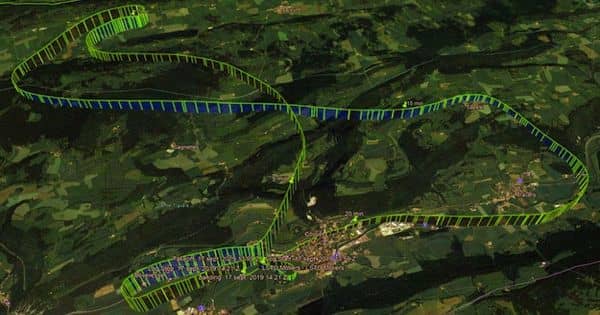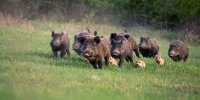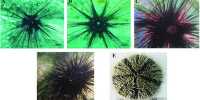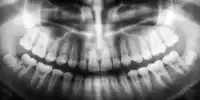Scientists from the University of Bern and the National Center of Competence in Research (NCCR) PlanetS detect a key molecular property of all living organisms from a helicopter flying several kilometers above ground, which could be a watershed moment in the search for life on other planets. The measurement technology could also pave the way for Earth-based remote sensing.
Left and right hands are nearly exact mirror images of each other. However, no matter how they are twisted and turned, they cannot be superimposed on each other. This is why the left glove does not fit as well on the right hand as it does on the left. This property is known as chirality in science.
Molecules can be chiral in the same way that hands are. In fact, most molecules in living organisms’ cells, such as DNA, are chiral. Unlike hands, which usually come in pairs of left and right, molecules of life almost always occur in either their “left-handed” or “right-handed” form. According to researchers, they are homochiral. It’s unclear why this is the case. However, molecular homochirality is a unique property of life, known as a biosignature.
Researches detect a key molecular property of all living organisms from a helicopter flying several kilometers above ground. The measurement technology could also open up opportunities for remote sensing of the Earth.
An international team led by the University of Bern and the National Center of Competence in Research NCCR PlanetS has now succeeded in detecting this signature from a distance of 2 kilometers and at a velocity of 70 kph as part of the MERMOZ project. “The significant advance is that these measurements were performed in a platform that was moving, vibrating and that we still detected these biosignatures in a matter of seconds,” says Jonas Kühn, MERMOZ project manager at the University of Bern and co-author of the study published in the journal Astronomy and Astrophysics.
Measuring circular polarization has been difficult in the past because the signal accounts for less than 1% of reflected light. While the researchers have been able to detect the signal from living matter for four years, they had previously been unable to do so from more than 20cm away and without focusing on the same spot for several minutes.
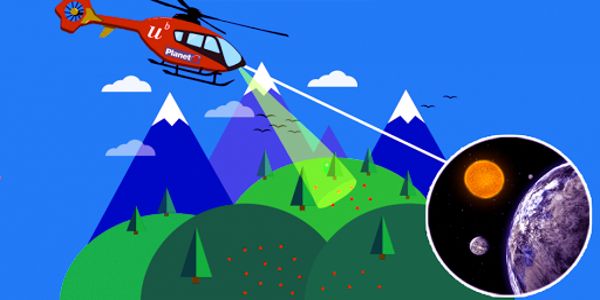
An instrument that recognizes living matter
“When light is reflected by biological matter, a portion of the electromagnetic waves in the light travel in either clockwise or counterclockwise spirals. This phenomenon is known as circular polarization, and it is caused by the homochirality of biological matter. Abiotic, non-living nature does not produce similar spirals of light “According to the study’s first author, Lucas Patty, a MERMOZ postdoctoral researcher at the University of Bern and member of the NCCR PlanetS.
Measuring this circular polarization, on the other hand, is difficult. The signal is quite faint, accounting for less than one percent of the light reflected. To measure it, the team created a specialized device known as a spectropolarimeter. It consists of a camera outfitted with specialized lenses and receivers capable of distinguishing circular polarization from other types of light.
Even with such a complex device, the new results would have been impossible to achieve until recently. “Only four years ago, we could detect the signal only from a very close distance, around 20 cm, and we had to observe the same spot for several minutes to do so,” recalls Lucas Patty. However, the improvements he and his colleagues made to the instrument allow for much faster and more stable detection, and the strength of the signature in circular polarization persists even over long distances. As a result, the instrument was ready for the first aerial circular polarization measurements.
Useful measurements on earth and in space
They demonstrated that they could distinguish between grass fields, forests, and urban areas from a fast-moving helicopter using this upgraded instrument, dubbed FlyPol. The measurements clearly show that living matter exhibits characteristic polarization signals, whereas roads, for example, do not exhibit any significant circular polarization signals. They are even capable of detecting signals from algae in lakes with their current setup.
Following the success of their tests, the scientists are now looking to go even further. “The next step we hope to take is to perform similar detections while looking down at Earth from the International Space Station (ISS). This will enable us to evaluate the detectability of planetary-scale biosignatures. This step will be critical in enabling the use of polarization to search for life in and beyond our Solar System “Brice-Olivier Demory, professor of astrophysics at the University of Bern and member of the NCCR PlanetS, is the MERMOZ principal investigator and co-author.
The sensitive observation of these circular polarization signals is critical not only for future life-detection missions but also for other purposes. “Because the signal directly relates to the molecular composition of life and thus it’s functioning,” says Lucas Patty, “it can also offer valuable complementary information in Earth remote sensing.” It could, for example, provide information on deforestation or plant disease. It may even be possible to use circular polarization to monitor toxic algal blooms, coral reefs, and the effects of acidification on them.
